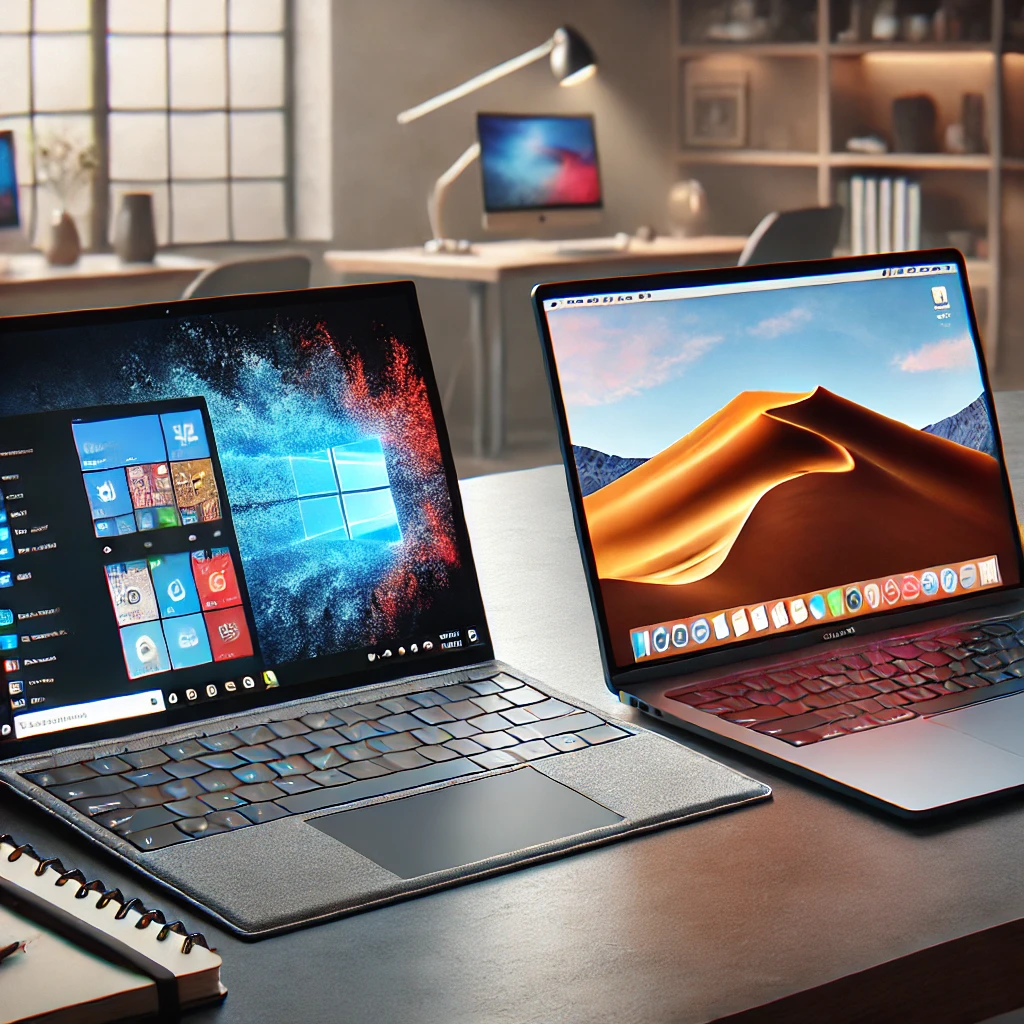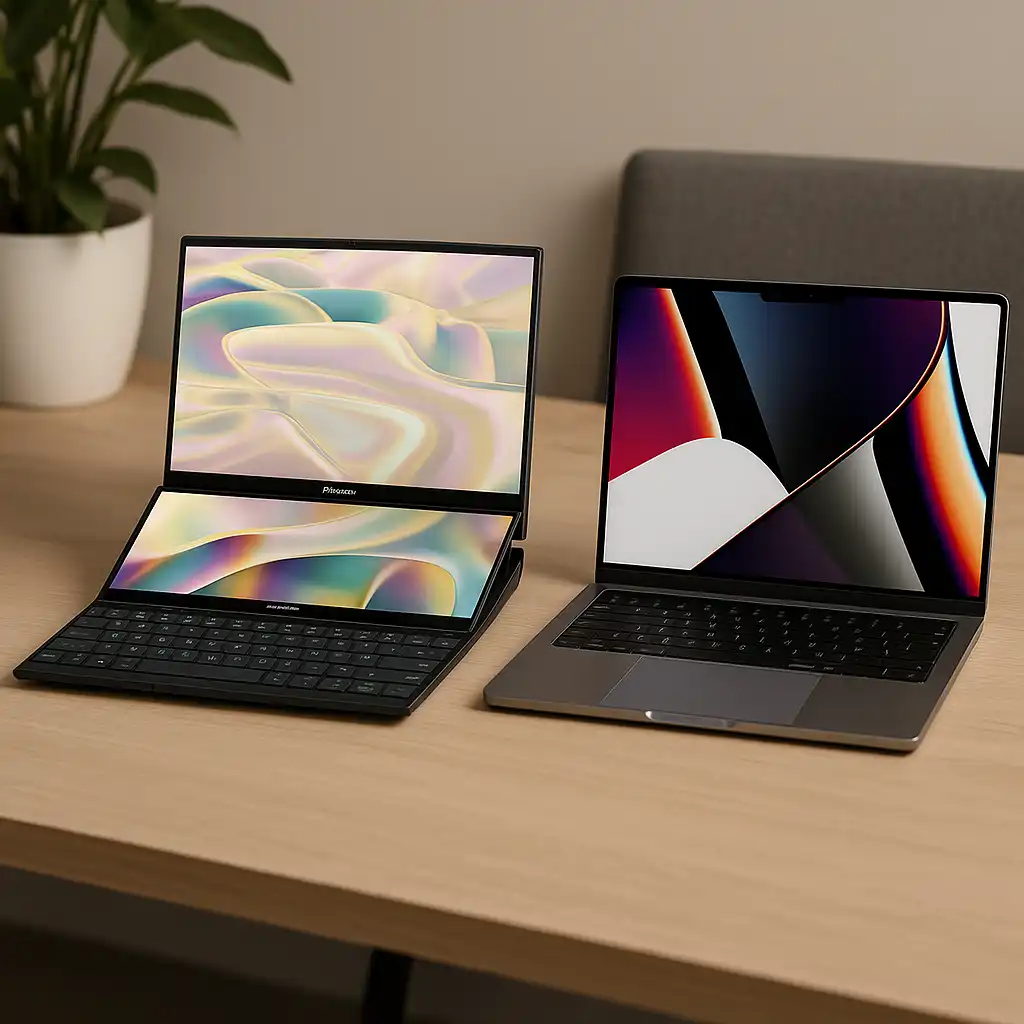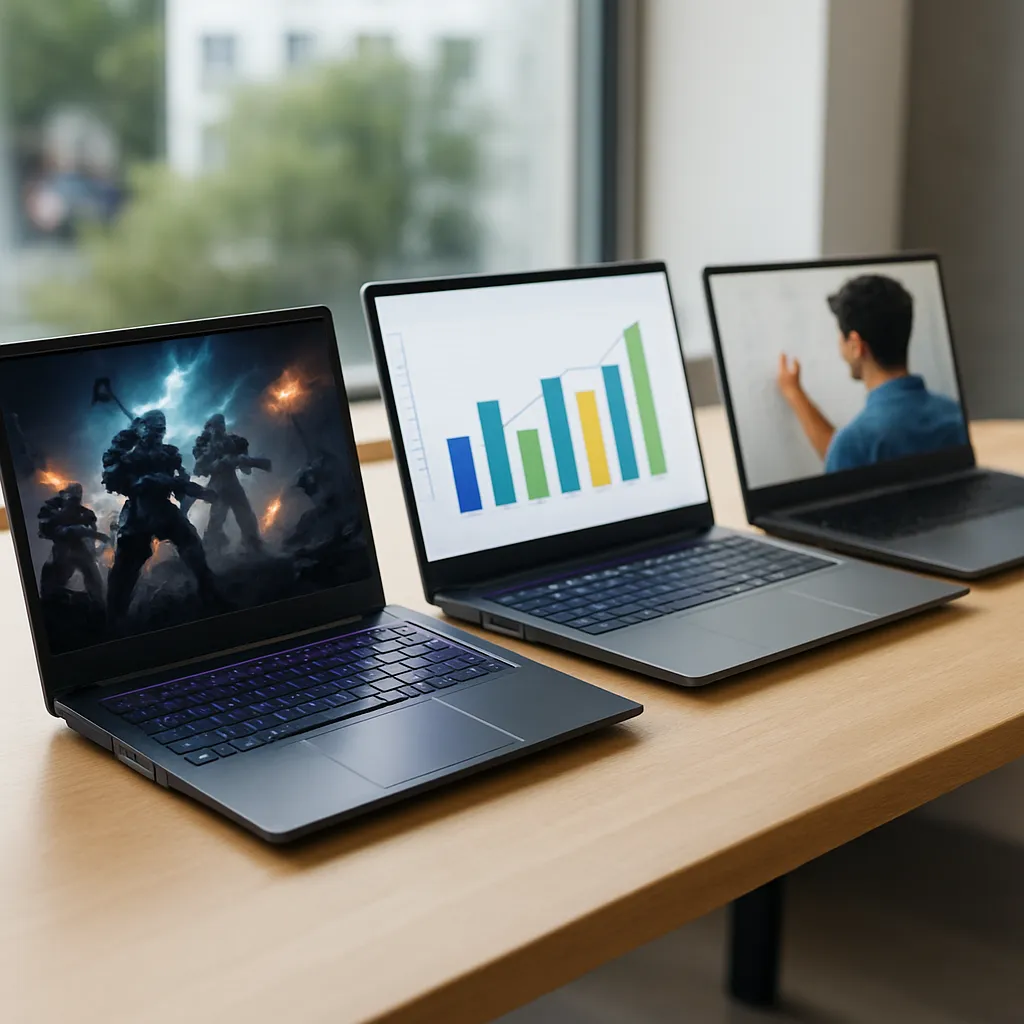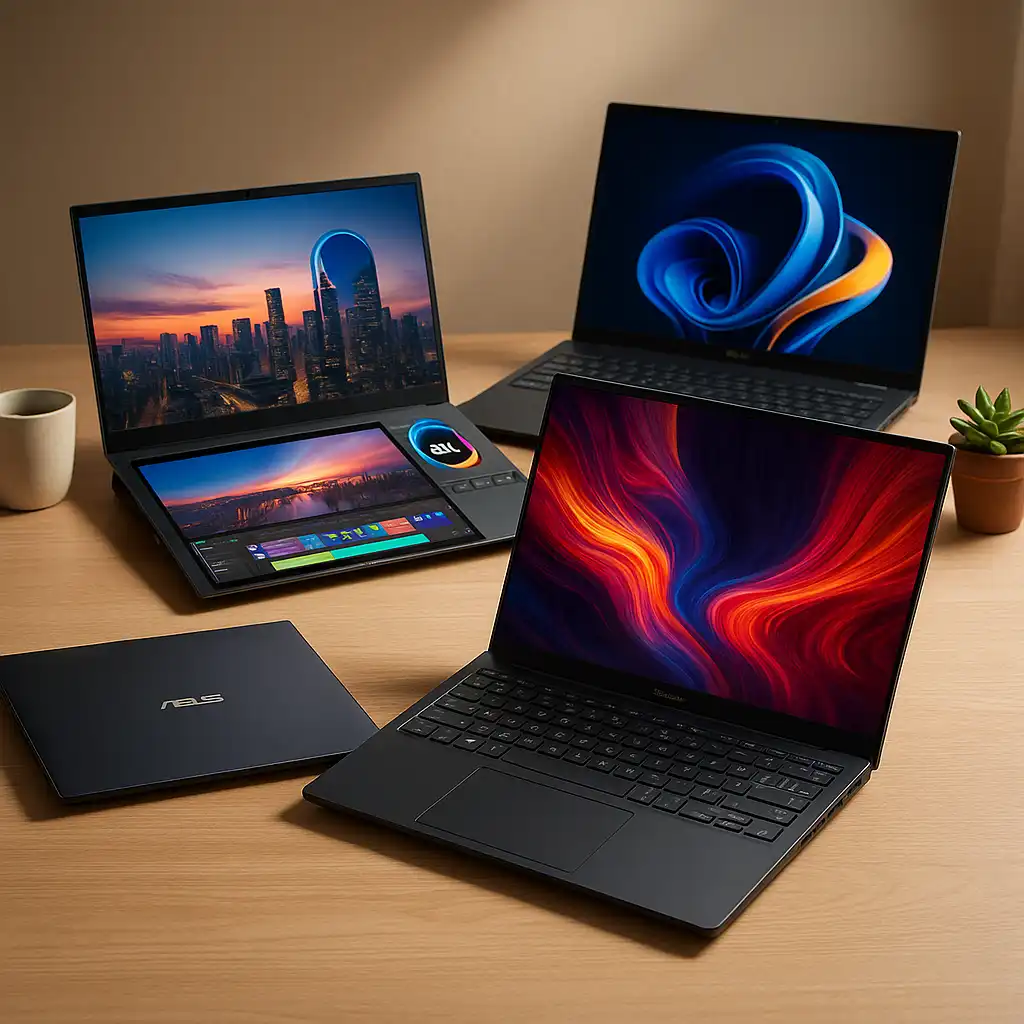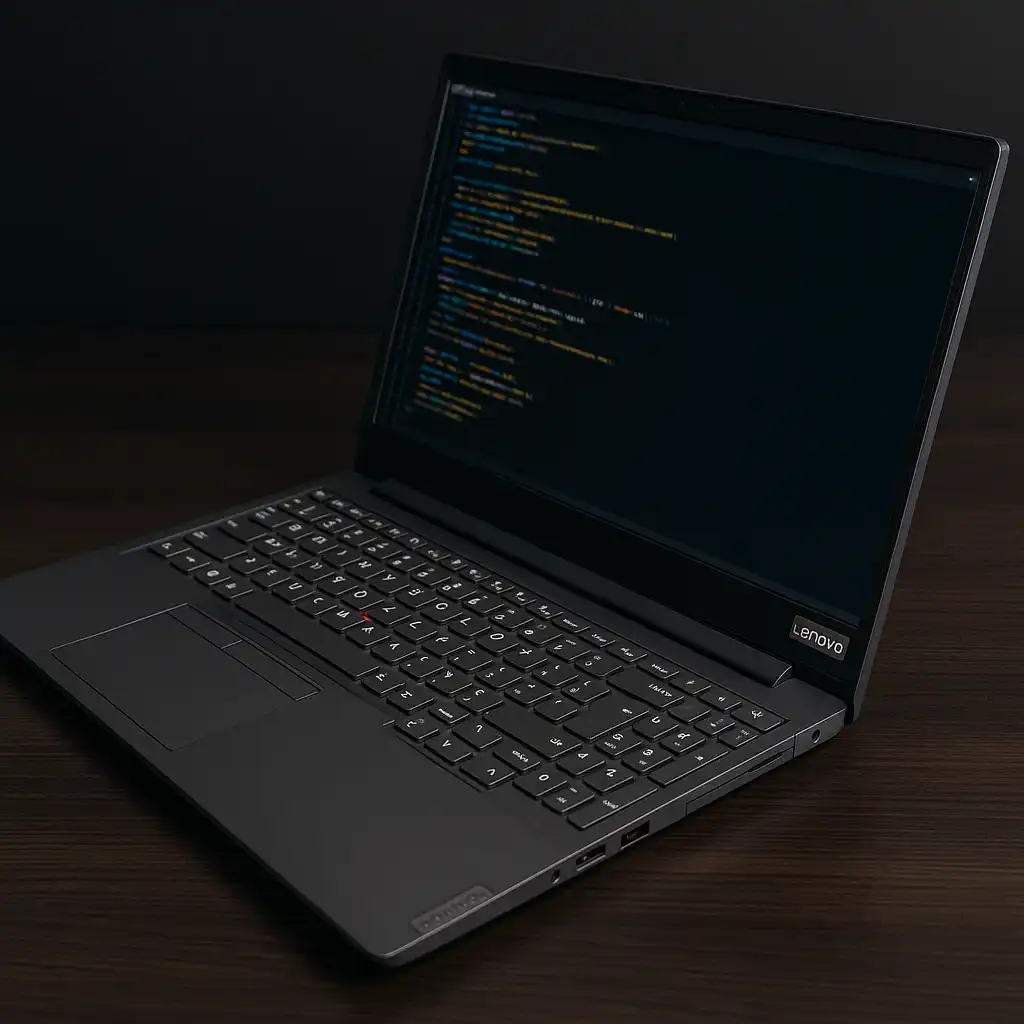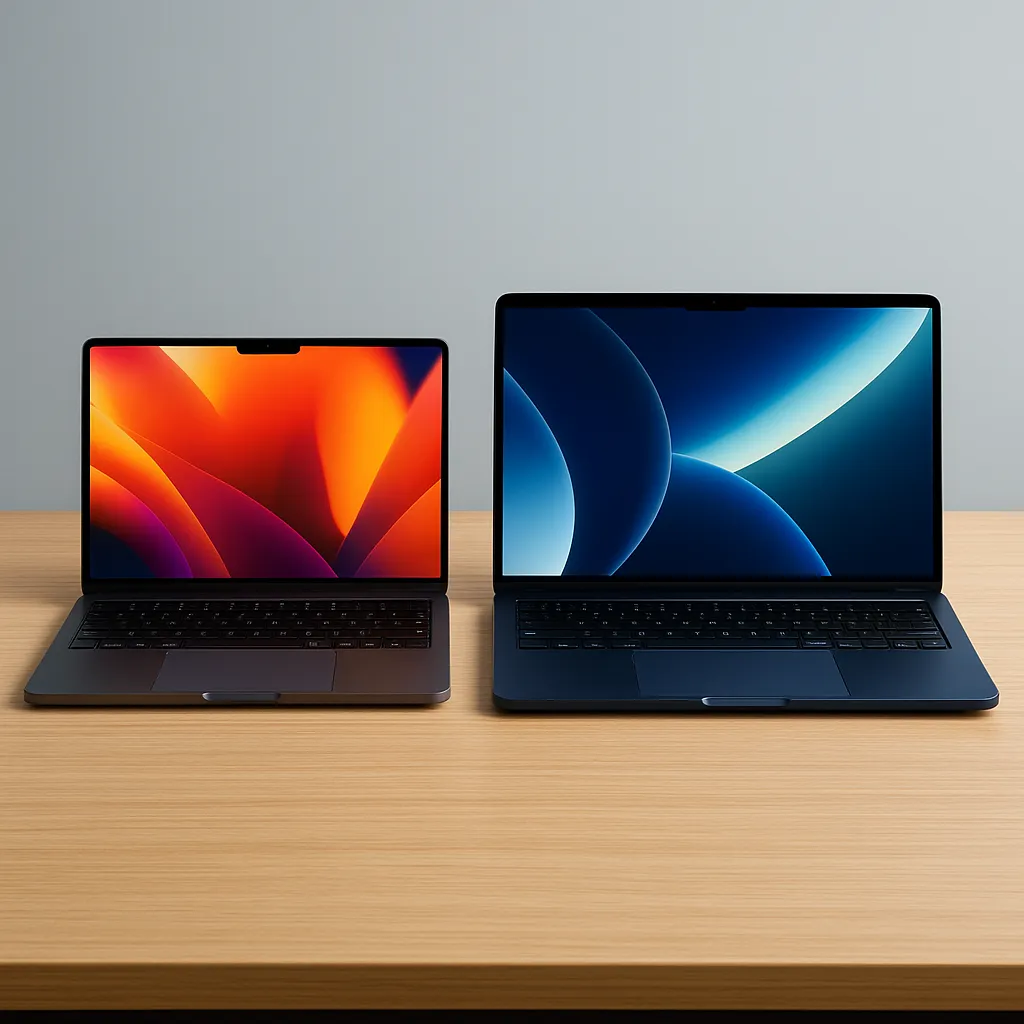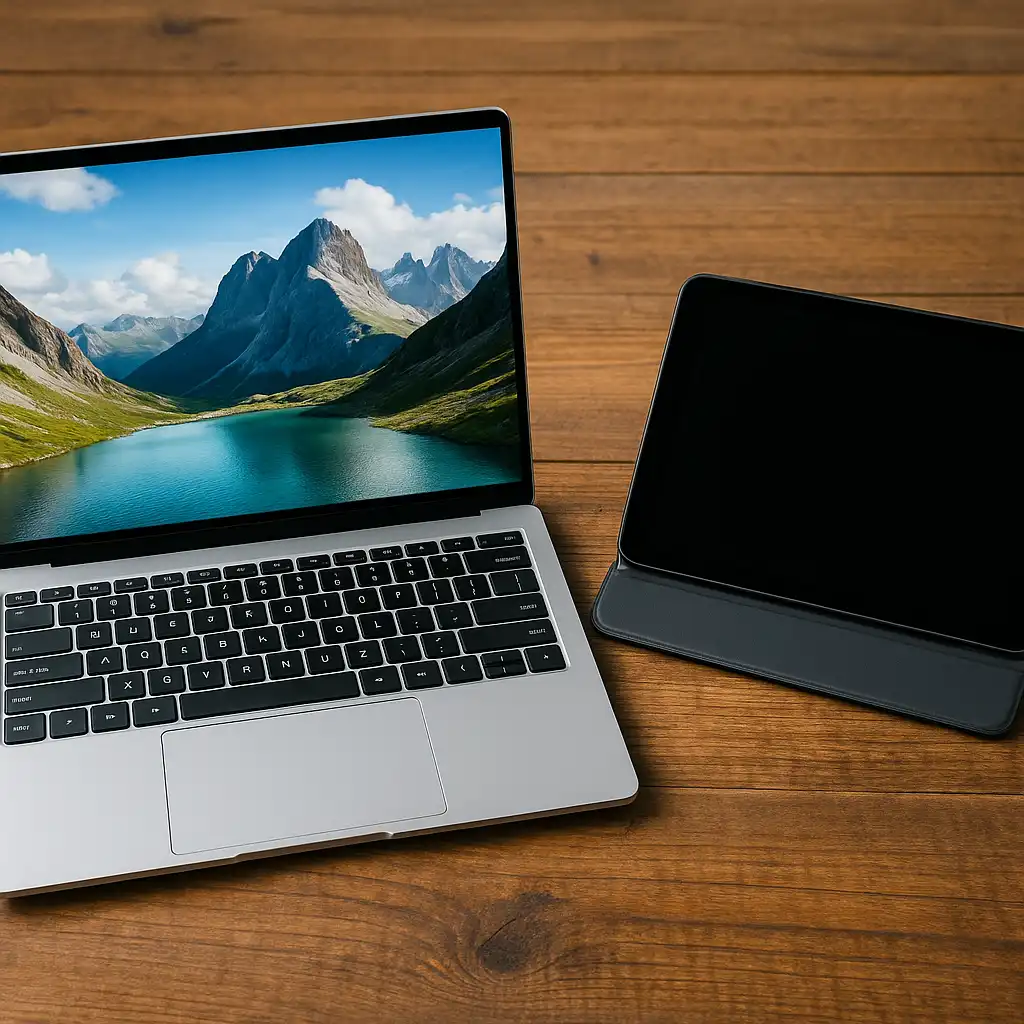Windows Surface Laptop vs MacBook Pro – Full Comparison Guide
Disclosure: This post contains affiliate links. LaptopVoyager.com participates in the Amazon Associates Program and may earn commissions on qualifying purchases, at no extra cost to you.
Choosing between a Windows Surface Laptop and a MacBook Pro matters if you’re investing in a reliable laptop for work, creative projects, or everyday use. These two models dominate their categories—Surface for Windows fans wanting versatility, and MacBook Pro for those after premium performance. While both offer strong features, they cater to different needs and workflows.
Let’s look at how they compare in real-world use, from performance to design to long-term value.
Performance: M-Series Chips vs Windows Flexibility
MacBook Pros with Apple’s M2 or M3 chips tend to outperform Surface models in processor-heavy tasks. Whether it’s 4K video editing, coding, or audio production, Apple’s hardware is optimized for serious workloads without heating up or draining the battery too quickly.
That said, Surface Laptops using Intel or Snapdragon chips handle general tasks well—think browsing, video calls, and Office work. According to user feedback, unless you’re a creative pro needing top-tier performance, a Surface Laptop will feel smooth for most tasks.
Software Experience and Everyday Use
Windows 11 on Surface devices is ideal if you want flexibility. You can install almost any app, tweak system settings, and enjoy touch support or stylus input—great for designers or students who like note-taking by hand.
MacBook Pro users often praise the clean, stable experience of macOS. It’s especially convenient if you already own Apple devices, thanks to features like iCloud, AirDrop, and Handoff. Many buyers report that MacBooks feel intuitive and dependable over years of daily use.
Design, Display, and Portability
MacBook Pros usually feel more polished, with sturdy aluminum builds, sharp Retina displays, and responsive trackpads. Their screens are often brighter and clearer, which is a bonus for creative tasks.
However, Surface Laptops bring their own strengths—touchscreens, lightweight designs, and convertible models like the Surface Laptop Studio, which folds into a tablet. If you’re into drawing directly on your screen or prefer touchscreen interaction, Surface wins.
For battery life, MacBook Pros typically last longer on a single charge, though Surface devices perform respectably in lighter tasks.
Price and Long-Term Value
MacBook Pros are expensive upfront but tend to offer better long-term value. Many users keep theirs for 5–7 years, and resale prices stay strong.
By comparison, Surface Laptops provide more affordable entry points, especially for students and casual users. However, they’re less likely to retain high resale value over time, and some models may slow down after a few years of heavier use.
Conclusion
Deciding between a Windows Surface Laptop and a MacBook Pro comes down to your priorities. If you’re deep in Apple’s ecosystem or need serious creative power, the MacBook Pro delivers. But if you value touchscreen options, Windows flexibility, or budget-friendly pricing, a Surface Laptop could suit your needs better. Both are solid, reliable choices for work, study, and personal use.

